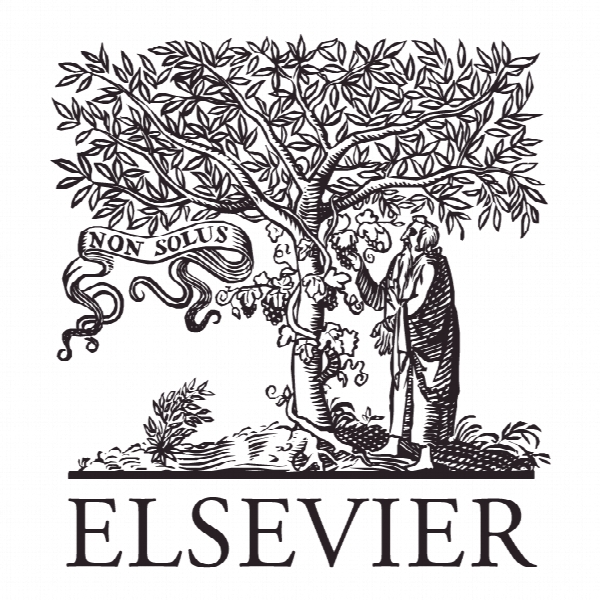نتایج جراحی بیماران با صرع لوب گیجگاهی دو طرفه The surgical outcome of patients with bilateral temporal lobe epilepsy
- نوع فایل : کتاب
- زبان : انگلیسی
- ناشر : Elsevier
- چاپ و سال / کشور: 2018
توضیحات
رشته های مرتبط پزشکی
گرایش های مرتبط مغز و اعصاب
مجله تحقیقات صرع – Epilepsy Research
دانشگاه Xuanwu Hospital – Capital Medical University – Beijing – China
منتشر شده در نشریه الزویر
کلمات کلیدی انگلیسی Bilateral temporal lobe epilepsy, Intracranial recording, Anterior temporal lobectomy, Surgical outcome
گرایش های مرتبط مغز و اعصاب
مجله تحقیقات صرع – Epilepsy Research
دانشگاه Xuanwu Hospital – Capital Medical University – Beijing – China
منتشر شده در نشریه الزویر
کلمات کلیدی انگلیسی Bilateral temporal lobe epilepsy, Intracranial recording, Anterior temporal lobectomy, Surgical outcome
Description
1. Introduction Patients with temporal lobe epilepsy (TLE) are thought to be good candidates for epilepsy surgery. However, the proportion of patients who are seizure free following anterior temporal lobectomy (ATL) remains suboptimal, with a seizure-free rate at short-term follow-up between 66% and 70% (McIntosh et al., 2001; Spencer and Huh, 2008; Tellez-Zenteno et al., 2005; West et al., 2015). Patients with bilateral temporal lobe epilepsy (BTLE) are thought to be one of the reasons for the low rate of seizure freedom (Andrade-Machado and BenjumeaCuartas, 2016; Barba et al., 2016). Although the traits and treatments of BTLE were discussed in some previous reports (Boling et al., 2009; Chkhenkeli et al., 2013; Ding et al., 2016; Kuba et al., 2003), the strategy of diagnosis and treatment of BTLE is still controversial. Some reports showed relatively good results of epilepsy surgery for patients with BTLE (Aghakhani et al., 2014; Boling et al., 2009; Di Vito et al., 2016; Hirsch et al., 1991a; Sirven et al., 1997), but it is still commonly considered that surgical treatment should not be considered in patients with BTLE (Didato et al., 2015). Actually, the diagnostic criteria and surgical procedure in different reports were not the same. Therefore, more surgical data are needed to evaluate the surgical outcome under the same criteria and procedure. In this article, we present the data of patients with BTLE according to the same criteria and who received the same process of surgical evaluation at a single epilepsy center. BTLE was diagnosed when the patient showed at least one of the following features according to longterm video electroencephalogram (EEG) monitoring: 1) the ictal EEG simultaneously involved the two temporal lobes, without the possibility of lateralizing its onset in at least one seizure; 2) the lateralizable features of semiology were inconsistent to the ictal EEG; and 3) the ictal EEG alternately arose from the two temporal lobes in at least two different seizures. Referring to Didato’s definition (Didato et al., 2015), seizures with the traits of 1 and/or 2 were classified as non-lateralizable bitemporal seizure, and seizures with the trait of 3 were classified as independent bitemporal seizure. We discuss the treatment strategy and surgical outcome of BTLE according to these criteria. 2. Methods 2.1. Patient selection We retrospectively reviewed the clinical data of patients who underwent surgical treatment for medically intractable epilepsy at the Comprehensive Epilepsy Center of Beijing between October 2001 and October 2015. Patients who met all these conditions were included: 1) Patients who were diagnosed with BTLE according with our criteria; 2) patients who received bilateral intracranial electrode implantation to lateralize the epileptogenic zone (EZ); and 3) patients who were identified as having TLE according to the intracranial recording. In addition, a comparable number of patients during the same period were randomly selected as a control group. In these patients, the EZ could be localized by non-invasive investigation, and unilateral ATL was performed in these patients.


